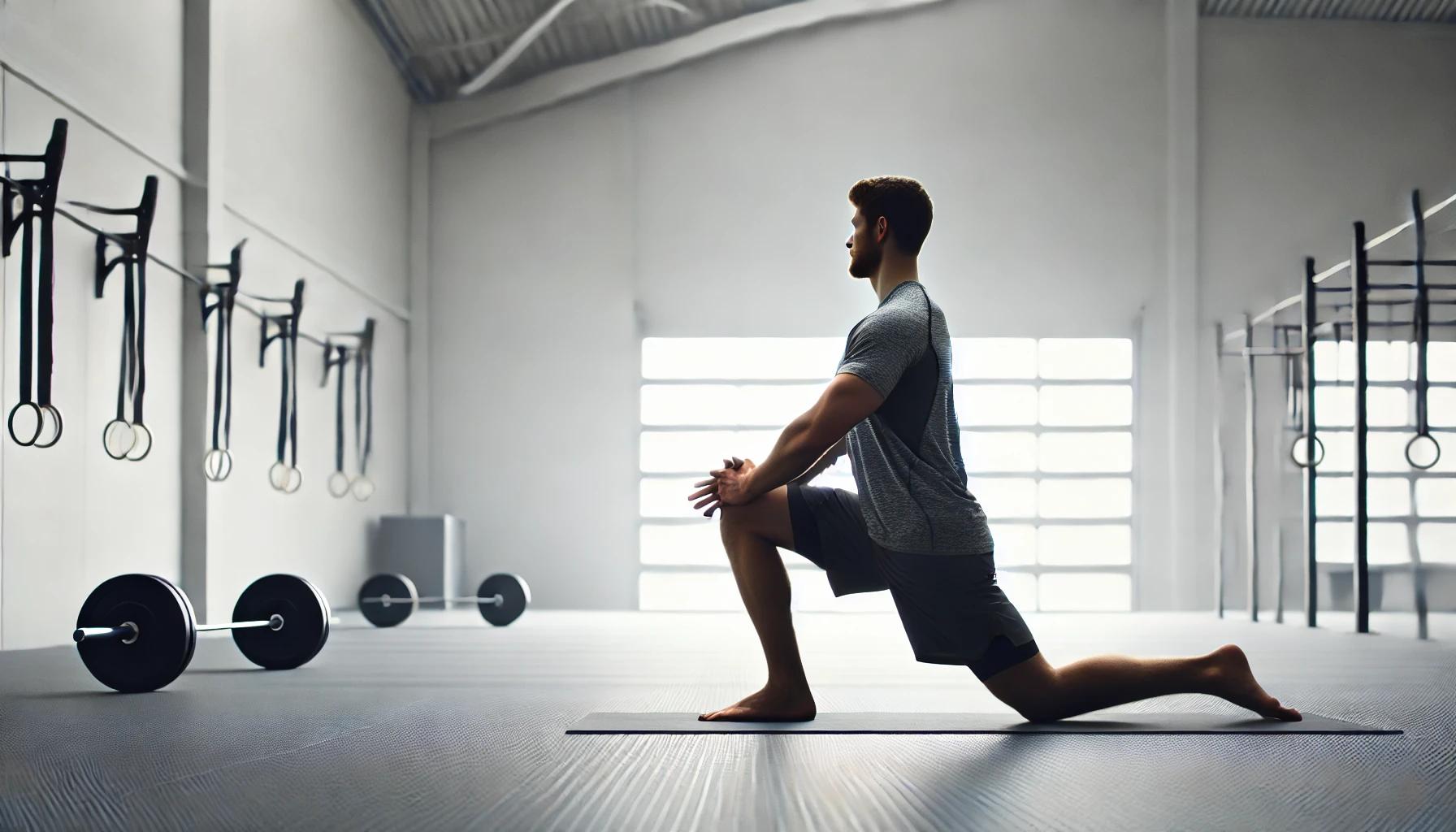CrossFit is renowned for its high-intensity workouts that build strength, endurance, and overall fitness. However, the intense nature of CrossFit can sometimes lead to muscle tightness and imbalances, increasing the risk of injury. Incorporating yoga into a CrossFit regimen can significantly enhance flexibility, improve recovery, and ultimately boost strength training results. This article explores how flexibility through yoga can complement CrossFit training and provide a more balanced approach to fitness.
The Role of Flexibility in Strength Training
Flexibility is the ability of muscles and joints to move through their full range of motion. It plays a critical role in strength training by:
- Improving Performance: Enhanced flexibility allows for more efficient movement patterns, enabling athletes to perform exercises with better form and technique.
- Preventing Injuries: Flexible muscles and joints are less prone to strains, sprains, and other injuries. Flexibility helps distribute stress more evenly across the body.
- Facilitating Recovery: Stretching and flexibility exercises can help reduce muscle soreness and accelerate recovery after intense workouts.
Benefits of Combining Yoga with CrossFit
Enhanced Flexibility and Mobility
1. Dynamic Stretching: Yoga involves dynamic stretching, which warms up the muscles and prepares them for intense activity. This can be especially beneficial before a CrossFit workout.
2. Joint Health: Many yoga poses focus on joint mobility, which is crucial for performing complex CrossFit movements safely and effectively.
Improved Strength and Balance
1. Core Strength: Yoga poses like Plank and Boat Pose strengthen the core muscles, providing stability and support for heavy lifts in CrossFit.
2. Functional Strength: Yoga builds functional strength by engaging multiple muscle groups simultaneously, enhancing overall strength and endurance.
Better Coordination and Proprioception
1. Body Awareness: Yoga enhances proprioception, improving body awareness and coordination. This leads to better control and precision during CrossFit exercises.
2. Balance Training: Poses like Tree Pose and Warrior III improve balance and stability, essential for performing dynamic and challenging CrossFit movements.
Faster Recovery and Reduced Muscle Soreness
1. Increased Blood Flow: Yoga promotes circulation, helping deliver oxygen and nutrients to muscles, speeding up recovery.
2. Relaxation and Stress Relief: Yoga’s focus on breath control and relaxation can reduce stress and promote overall well-being, aiding in recovery.
Key Yoga Poses for CrossFit Athletes
1. Downward-Facing Dog (Adho Mukha Svanasana)
Benefits:
- Stretches the hamstrings, calves, and shoulders
- Strengthens the arms and legs
- Relieves tension in the spine
How to Perform: Start on your hands and knees. Lift your hips towards the ceiling, forming an inverted V-shape with your body. Press your heels towards the ground and keep your arms straight. Hold for 1-3 minutes, focusing on deep, even breaths.
2. Pigeon Pose (Eka Pada Rajakapotasana)
Benefits:
- Deeply stretches the hip flexors and glutes
- Relieves lower back tension
- Improves hip mobility
How to Perform: Begin in a tabletop position. Bring your right knee forward towards your right wrist and extend your left leg straight back. Lower your hips towards the floor and keep your hips squared forward. You can stay upright or fold forward over your front leg. Hold for 1-3 minutes, then switch sides.
3. Warrior II (Virabhadrasana II)
Benefits:
- Strengthens the legs and core
- Improves balance and stability
- Enhances focus and endurance
How to Perform: Start in a standing position. Step your right foot back about 4 feet, turning it perpendicular to your front foot. Bend your left knee, keeping it over your ankle. Extend your arms out to the sides, parallel to the floor, and gaze over your left hand. Hold for 1-3 minutes, then switch sides.
4. Plank Pose (Phalakasana)
Benefits:
- Strengthens the core, shoulders, and arms
- Improves overall stability and endurance
- Enhances balance and posture
How to Perform: Start in a push-up position with your hands directly under your shoulders and your body forming a straight line from head to heels. Engage your core and hold the position for 30 seconds to 1 minute, maintaining a steady breath.
5. Bridge Pose (Setu Bandhasana)
Benefits:
- Strengthens the glutes, hamstrings, and lower back
- Stretches the chest and hip flexors
- Improves posture and core stability
How to Perform: Lie on your back with your knees bent and feet flat on the floor, hip-width apart. Press your feet and arms into the ground as you lift your hips towards the ceiling. Interlace your hands beneath your back and hold for 1-3 minutes, breathing deeply.
Incorporating Yoga into CrossFit Training
Warm-Up and Cool-Down
- Dynamic Warm-Up: Use yoga poses as part of your warm-up routine to prepare your muscles and joints for intense activity.
- Cool-Down: Incorporate yoga into your cool-down to promote recovery and reduce muscle soreness.
Regular Practice
- Consistency: Practice yoga consistently, at least 2-3 times a week, to maintain flexibility, strength, and mental focus.
Focus on Breath
- Breath Control: Maintain steady, controlled breathing during yoga poses to enhance focus and relaxation.
Conclusion
Combining yoga with CrossFit training offers numerous benefits, including improved flexibility, enhanced strength, better balance, and faster recovery. By incorporating yoga into their routine, CrossFit athletes can achieve a more balanced and effective training regimen. Whether you are a seasoned CrossFit enthusiast or just starting, yoga provides valuable tools to help you reach your fitness goals and maintain overall well-being.
